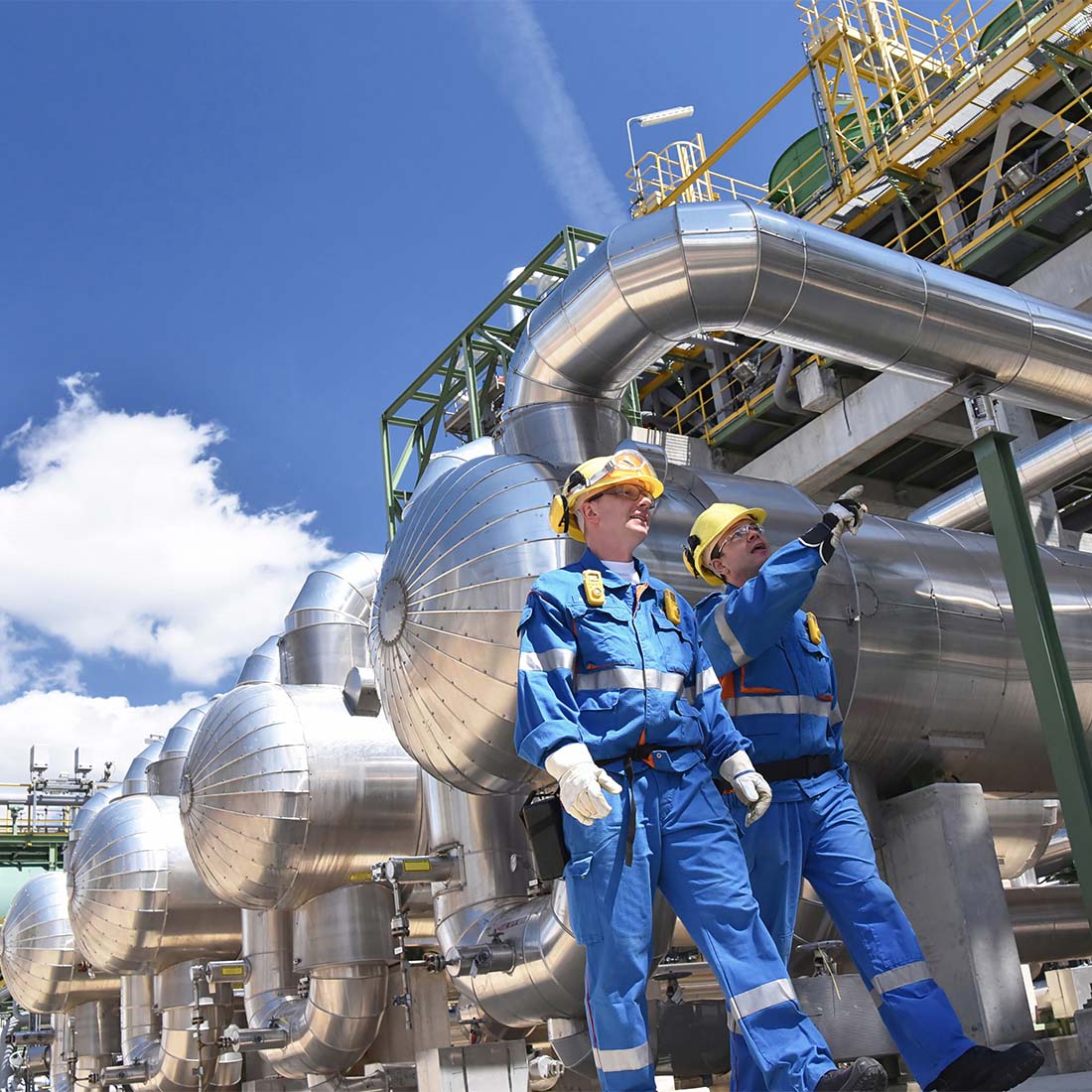With decades of collaboration with industry leading operators, government/industry research institutes, diverse technology partnerships and our exacting ISO 9001:2015 certified quality assurance system for design and developments, we deliver the "Innovation That Digs Deeper" for continuous improvement and innovation in quality, performance and cost-effectiveness in hardware and software designs. Our proven systems-based approach provides the best protection available for your personnel, property and profits.
This systems-based approach focusing on delivering the most reliable protection in the harshest of environments has allowed our customers to rely upon Conspec to deliver the most accurate readings in gas and flame detection while safely resting assured of the absolutely minimum in disruption to their operational activities, through the prevention of nuisance false alarms and expensive site shut-ins.
Each of our Optio XP series of gas monitors and flame detectors are designed to be immune to inherent drifting by monitoring the changes to atmospheric conditions, such as temperature, barometric pressure and humidity, and automatically adjusting the device's accuracy and reliability, without any human interference.
In addition to the rigorous testing of our monitor and detector technologies through independent, third party certification and surveillance of our manufacturing, testing and customer support systems to not only ISO 9001:2015, but also to the exacting IEC 80079, and ATEX Directive 94/9/EC standards, Conspec has earned its reputation for delivering the most dependable gas monitors, transmitters, and flame detectors to serve the rigorous demands required by the Oil and Gas Industry for the protection of personnel, property and profits.

